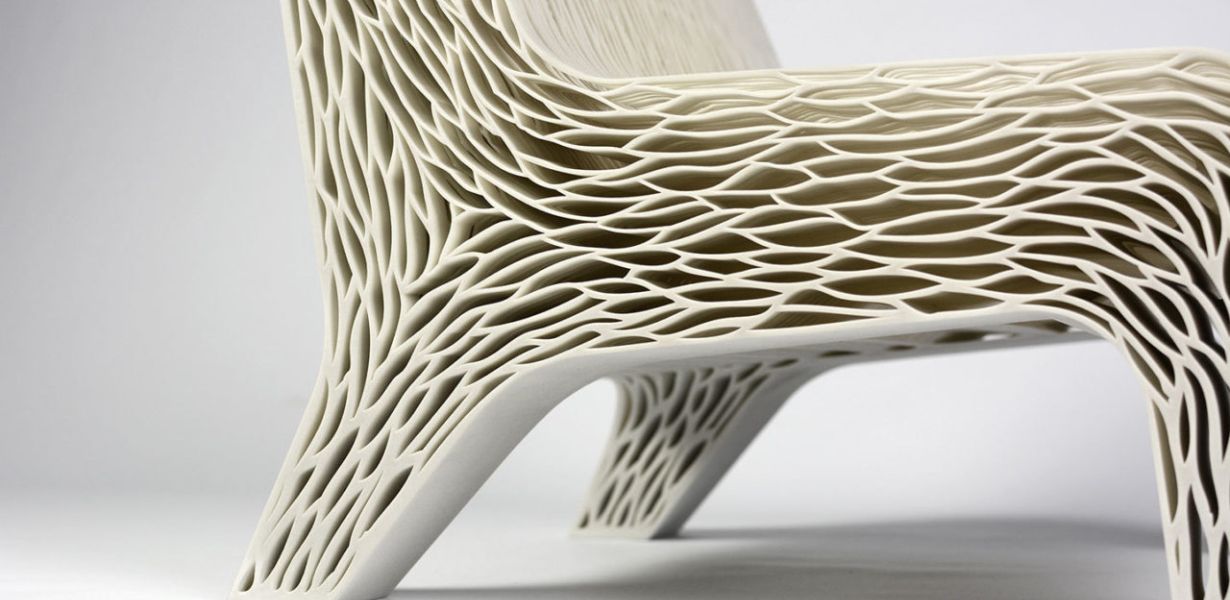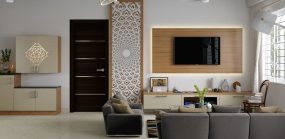
In the ever-evolving landscape of furniture manufacturing, the integration of 3D printing technology has emerged as a game-changer, ushering in a new era of creativity, efficiency, and sustainability. This blog explores the intricate connection between 3D printing and furniture production, unraveling the possibilities, benefits, and innovations that lie within this fusion. Dive into the fascinating world of 3D printing in furniture manufacturing and discover the future of design, craftsmanship, and sustainability.
The 3D Printing Revolution
3D printing is not merely a technological advancement; it’s a revolution that has transcended industries and redefined manufacturing processes. At its core, 3D printing, also known as additive manufacturing, involves creating three-dimensional objects layer by layer from a digital model. Its versatile applications have extended far beyond the confines of prototypes and into the realm of furniture production.
Precision and Customization
One of the compelling advantages of 3D printing in furniture manufacturing is precision and customization. Traditional manufacturing processes are often limited by molds and templates, resulting in uniform products. However, 3D printing allows for the creation of highly customized, intricate designs that cater to individual preferences. Each piece can be tailored to exact specifications, from the choice of materials to intricate patterns and shapes.
Sustainable Materials and Practices
Sustainability is a paramount concern in today’s world, and 3D printing contributes significantly to eco-friendly furniture manufacturing. The ability to use sustainable materials, recycle waste, and minimize energy consumption makes 3D printing an attractive option for those committed to reducing their carbon footprint. Additionally, the technology enables the efficient use of resources, reducing material wastage.
Complex Geometries
The world of furniture design often involves intricate and complex shapes that are challenging to create through traditional means. 3D printing offers unprecedented freedom in design, allowing manufacturers to produce furniture with intricate geometries and structures that were previously deemed unachievable. This opens up endless possibilities for unique and eye-catching designs.
Rapid Prototyping
The traditional process of developing furniture prototypes is often time-consuming and costly. 3D printing streamlines this aspect of product development. Manufacturers can quickly and cost-effectively create prototypes to assess design, functionality, and aesthetics. This leads to faster iterations and the ability to refine designs with ease.
Reduced Lead Times
Time is of the essence in the fast-paced world of furniture manufacturing. 3D printing drastically reduces lead times by simplifying the production process. It allows for on-demand manufacturing, minimizing the need for large inventories. Manufacturers can respond swiftly to market demands and design trends.
Cost-Efficiency
While 3D printers can be a significant initial investment, the long-term cost-efficiency is undeniable. The elimination of tooling and molds, reduced material waste, and energy-efficient production methods contribute to significant cost savings over time. This translates to more competitive pricing for consumers.
Material Innovation
The materials used in 3D printing have come a long way, and the options continue to expand. From plastics and composites to metal and wood filaments, the diversity of materials available enables the creation of furniture pieces with unique textures, finishes, and characteristics. Material innovation is a driving force behind the growth of 3D printing in furniture manufacturing.
Quality Assurance
Manufacturers can maintain stringent quality control through 3D printing technology. Every layer of material is meticulously placed, resulting in consistent quality. The digital nature of 3D printing allows for precise replication of designs, ensuring that each piece meets the desired standards.
Limitations and Challenges
While 3D printing offers a multitude of benefits, it is not without limitations and challenges. Some of these include limited size capabilities, material constraints, and the need for skilled operators. Overcoming these challenges is crucial for the continued growth of 3D printing in furniture manufacturing.
Final Words
The fusion of 3D printing and furniture manufacturing is reshaping the industry, offering unparalleled possibilities in design, customization, sustainability, and efficiency. As we look to the future, this dynamic synergy promises to unlock new horizons and inspire innovative creations. Embrace the 3D printing revolution in furniture manufacturing, and witness the evolution of design like never before.
Commonly Asked Questions
1. How does 3D printing benefit sustainability in furniture manufacturing?
3D printing minimizes material waste, allows the use of sustainable materials, and reduces energy consumption, making it an eco-friendly choice for furniture manufacturing.
2. Can 3D printing create large furniture pieces?
While there are size limitations to 3D printing, some manufacturers are exploring techniques to overcome this challenge. However, it is more commonly used for intricate and smaller pieces.
3. Are 3D-printed furniture pieces as durable as traditionally manufactured ones?
The durability of 3D-printed furniture depends on the materials used and the design. When done correctly, 3D-printed furniture can be as durable as traditional counterparts.
4. Is 3D printing cost-effective for furniture manufacturing in the long run?
Despite the initial investment in 3D printing technology, it becomes cost-effective over time due to reduced material waste, efficient production, and on-demand manufacturing.
5. How can I explore 3D-printed furniture options for my home?
To explore 3D-printed furniture, start by researching manufacturers and designers who specialize in this technology. You can also consider customization options to create a unique piece tailored to your preferences.









